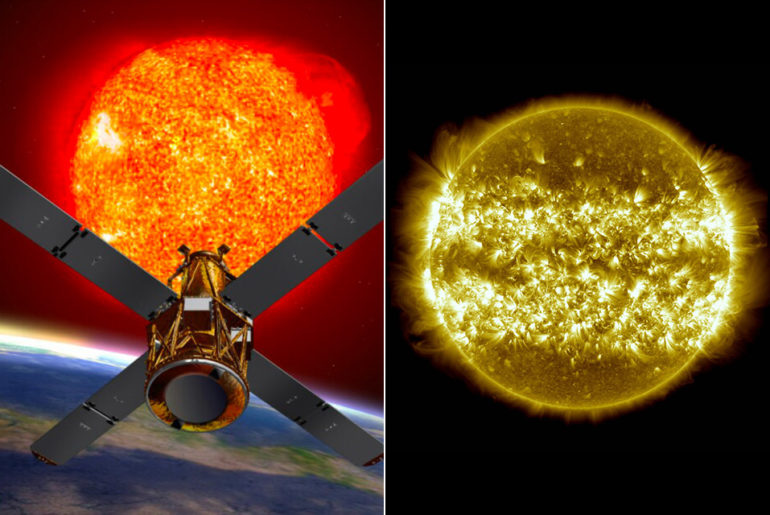
NASA’s Solar Dynamics Observatory (SDO) didn’t capture a fiery slithering snake, but it did image the Sun in 4K over 133 days. Researchers then compiled the images into an amazing time-lapse video captured with various instruments aboard the SDO spacecraft, including the Atmospheric Imaging Assembly (AIA), which takes images every 12 seconds at 10 different wavelengths of light.
In this time-lapse, we see the Sun’s mesmerizing surface, where great loops of plasma arch above the star along magnetic field lines. Ocassionally, the looping plasma reconnects to the star, and some times it’s ejected into space, creating hazardous space weather. The SDO is currently in a geosynchronous orbit approximately 13,670 miles above Earth, and the Sun revolves every 27 days, producing an ever-changing view of the star’s surface.
- Solar power bank portable charger uses strong professional ABS material, Chemical resistant, heat-resistant, and has super surface hardness, high...
- Portable charger is compatible with all USB devices such as smartphones and tablets.
- Solar charger power bank has a large battery capacity of 42800mAh, and uses high-density batteries to load a larger capacity without changing the...
While SDO has kept an unblinking eye pointed toward the Sun, there have been a few moments it missed. Some of the dark frames in the video are caused by Earth or the Moon eclipsing SDO as they pass between the spacecraft and the Sun,” said NASA.






